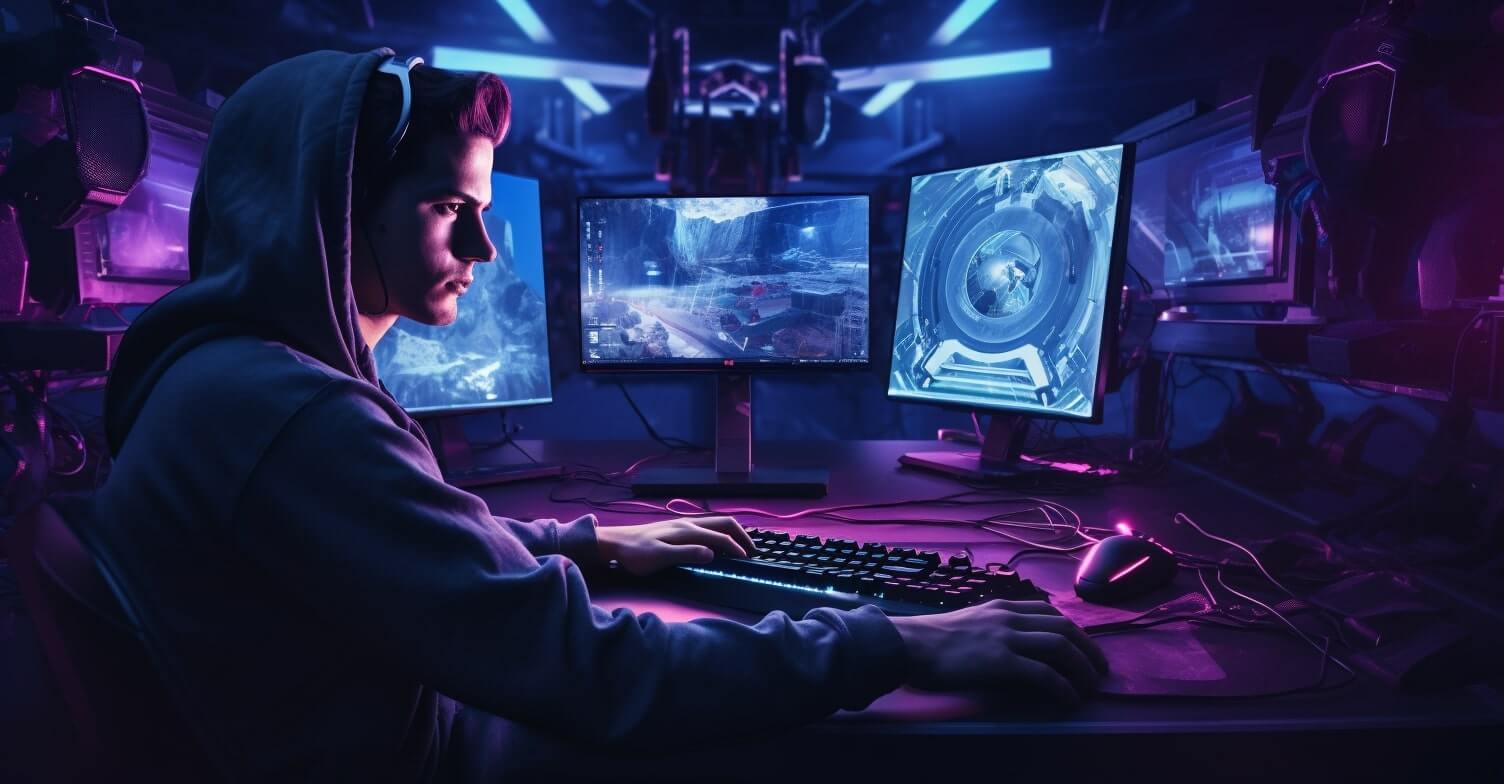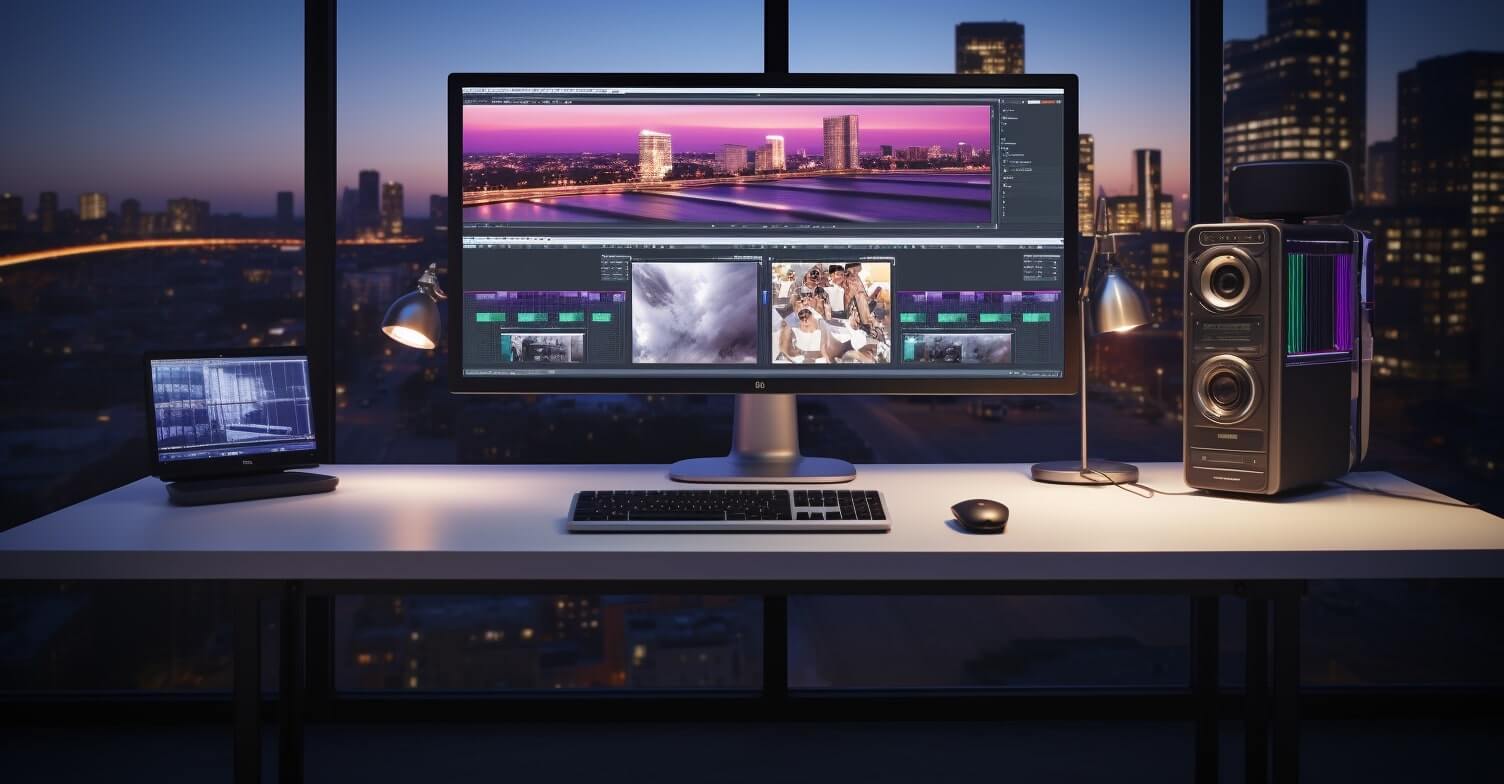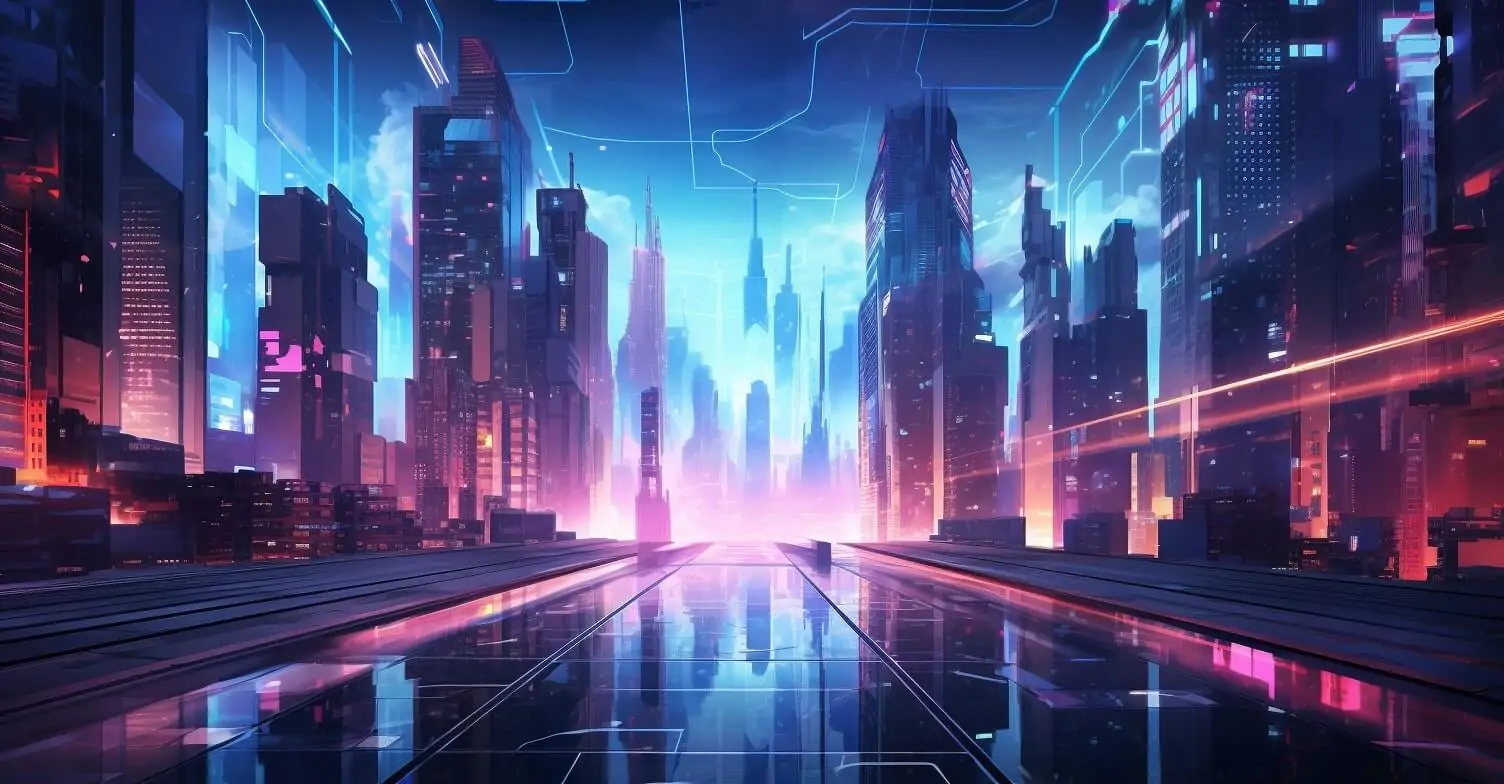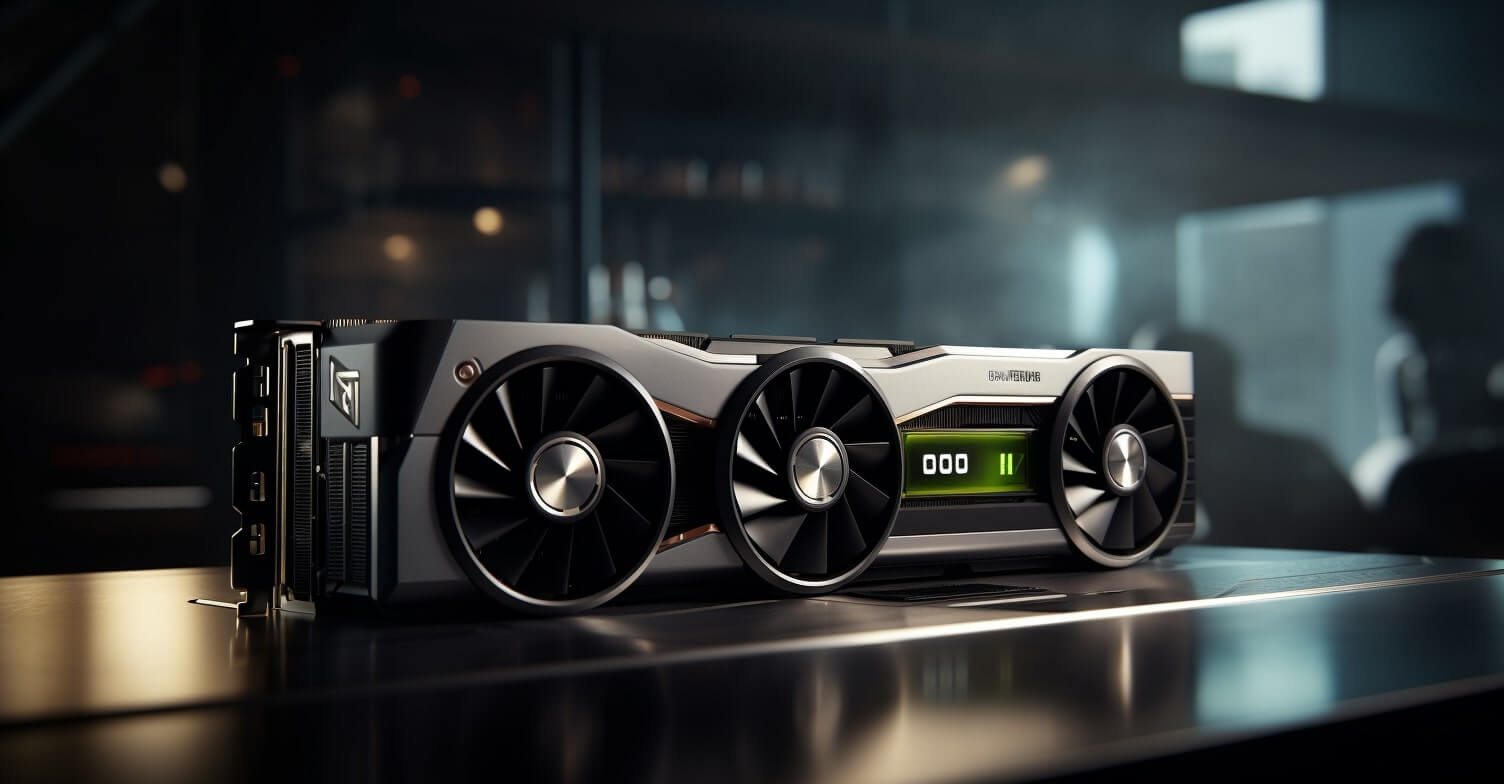Table of Contents
- Understanding the Basics[+]
- Historical Context[+]
- Key Differences[+]
- Importance in Gaming and Professional Work[+]
- Current Market Leaders and Innovations[+]
- Considerations When Purchasing[+]
- Future of GPUs and Graphics Cards[+]
- Common Misconceptions[+]
- FAQ: GPU vs. Graphics Card[+]
- What is the difference between a GPU and a Graphics Card?
- Do I need a dedicated Graphics Card for gaming?
- Can I upgrade my GPU without changing the entire Graphics Card?
- What factors should I consider when choosing a Graphics Card?
- Are GPUs essential for tasks other than gaming?
- Is there a difference between gaming GPUs and workstation GPUs?
- Can I use multiple GPUs for improved performance?
- How do I update my GPU drivers?
- What should I do if my Graphics Card is overheating?
- Are GPUs compatible with all motherboards?
When diving into the world of computer graphics, two terms often come up: GPU and Graphics Card. While they might seem interchangeable to the uninitiated, they refer to distinct components with specific roles in a computer system. The exact keyword “GPU vs. Graphics Card” has been a topic of discussion and confusion for many, especially those new to the realm of computing. This article aims to shed light on the key differences between these two, their historical context, and their significance in both gaming and professional work. Whether you’re a gamer looking to upgrade your rig or a professional seeking enhanced performance for tasks like video editing, understanding the distinction between a GPU and a Graphics Card is crucial. Dive in to unravel the intricacies of these vital components and make informed decisions for your tech needs.
| Aspect | GPU | Graphics Card |
|---|---|---|
| Definition | Chip for image rendering | Hardware housing GPU |
| Components | Chip only | Chip, RAM, cooling, etc. |
| Function | Image rendering | Ensures GPU’s operation |
| Physical Presence | On a chip | On a dedicated board |
Understanding the Basics
What Exactly is a GPU?
Ah, the age-old question. Well, not really, but it’s a start. The GPU, or Graphics Processing Unit, is the brain of the operation when it comes to rendering images on your computer screen. Think of it as the maestro, orchestrating every pixel to dance in harmony on your display. It’s a specialized electronic circuit designed to accelerate the image output, ensuring that your favorite game or high-definition video runs smoothly.
And the Graphics Card?
Now, here’s where the plot thickens. The Graphics Card is like the entire orchestra, with the GPU being the lead violinist. The Graphics Card is a piece of hardware that houses the GPU. But wait, there’s more! It also includes RAM, cooling mechanisms, and other components that ensure the GPU can do its job without breaking a sweat. In essence, while the GPU is the star of the show, the Graphics Card is the stage, the lights, and the sound system, all rolled into one. For a deeper dive into the intricacies of computer hardware, check out this guide on the basics of computer hardware.
How Do They Collaborate?
Imagine a well-choreographed ballet. The GPU is the prima ballerina, making all the intricate moves, while the Graphics Card ensures the stage is set, the lights are on, and the music is just right. They work in tandem, ensuring that the visual data from your computer’s CPU is translated into a feast for your eyes.
Historical Context
A Trip Down Memory Lane
Did you know that the first GPUs weren’t even called GPUs? Shocking, right? The evolution of GPUs and Graphics Cards is a tale of innovation, competition, and a dash of drama. From humble beginnings in the early days of arcade games to the behemoths we have today, the journey is nothing short of fascinating. For a detailed walk through this evolution, here’s a comprehensive look at the milestones in graphics technology.
Key Differences
Functionality Face-off
When it comes to functionality, the GPU is all about crunching numbers and rendering images. On the other hand, the Graphics Card has a broader role, ensuring that the GPU has everything it needs to function optimally. It’s like comparing a chef (GPU) to an entire kitchen (Graphics Card). Both are essential, but they have distinct roles.
It’s What’s Inside That Counts
Physically, a Graphics Card is a board with various components, while the GPU is a chip on that board. But don’t be fooled by its size; the GPU packs a punch. It’s the heart of the operation, while the Graphics Card provides the body and the limbs.
Performance Parameters
Ever wondered why some games lag while others run as smooth as butter? It’s all down to the GPU and the Graphics Card. Their performance determines the frame rates, resolution, and overall visual experience. And while we’re on the topic of differences, here’s a handy guide that delves deeper into the “GPU vs. Graphics Card” debate.
Importance in Gaming and Professional Work
Gaming Glory with GPUs and Graphics Cards
For all the gamers out there, ever wondered why that final boss fight in your favorite game looks so darn epic? Or why the landscapes in open-world games take your breath away? It’s all thanks to the dynamic duo: the GPU and the Graphics Card. These components play a pivotal role in rendering those jaw-dropping graphics, ensuring every shadow, texture, and light ray is on point. The difference between a pixelated mess and a smooth, immersive gaming experience often boils down to the prowess of your GPU and Graphics Card. For those who take their gaming seriously, here’s a look at some of the best gaming setups that harness the full power of these components.

Beyond Gaming: A Professional Paradigm
But it’s not all fun and games. GPUs and Graphics Cards are also the unsung heroes in professional arenas. From video editing to 3D modeling, these components ensure that professionals can work with precision and efficiency. Imagine editing a 4K video or designing a complex 3D model; the GPU ensures that every frame and polygon is rendered perfectly. For those diving into the world of professional video editing, here are some tips to elevate your craft.

Current Market Leaders and Innovations
The Titans of the Tech World
When it comes to GPUs and Graphics Cards, a few names stand tall. Brands like NVIDIA, AMD, and Intel have been at the forefront, pushing the boundaries of what’s possible. From NVIDIA’s RTX series, known for its ray tracing capabilities, to AMD’s Radeon lineup, the competition is fierce. And let’s not forget Intel, making waves with its integrated graphics. These market leaders are constantly innovating, ensuring that the “GPU vs. Graphics Card” debate remains as lively as ever.
The Cutting Edge of Graphics Tech
The world of GPUs and Graphics Cards is ever-evolving. With advancements like AI-driven super sampling and real-time ray tracing, the future looks brighter (and more detailed) than ever. For those who love to stay updated on the latest and greatest in GPU architecture, Tom’s Hardware offers a comprehensive look at the current GPU hierarchy.
| Brand | Notable Series | Features |
|---|---|---|
| NVIDIA | GeForce RTX | Ray tracing, DLSS |
| AMD | Radeon RX | Advanced gaming performance |
| Intel | Xe | Integrated graphics for laptops and PCs |
Considerations When Purchasing
Making the Right Choice
So, you’re ready to dive into the world of GPUs and Graphics Cards. But where to start? Compatibility is key. Ensure that your chosen Graphics Card is compatible with your motherboard and power supply. No one wants an expensive paperweight, after all.
Performance vs. Price
It’s the age-old dilemma. Do you splurge on the latest flagship GPU, or do you opt for a mid-range option that offers better value? Performance benchmarks are your friend here. But remember, real-world performance can differ from lab results. It’s all about finding that sweet spot between performance and price.
The Price-to-Performance Ratio
Speaking of value, the price-to-performance ratio is a crucial metric. It’s not about finding the cheapest or the most expensive option, but rather the one that offers the most bang for your buck. After all, in the world of GPUs and Graphics Cards, sometimes less is more.
| Consideration | Description |
|---|---|
| Compatibility | Ensure compatibility with motherboard and power supply |
| Performance vs. Price | Balance between performance and budget |
| Price-to-Performance | Assess value for money based on specific requirements |
Future of GPUs and Graphics Cards
Gazing into the Graphics Crystal Ball
The world of technology is ever-evolving, and when it comes to the GPU vs. Graphics Card debate, the future holds exciting prospects. Predictions suggest that the next generation of graphics technology will be all about harnessing the power of AI and quantum computing. Imagine a world where your GPU can predict and render graphics based on your preferences, or where quantum bits elevate gaming realism to levels we’ve never seen before. Intrigued? Dive deeper into the fascinating future of computing here.
Emerging Tech Titans
From neuromorphic chips that mimic the human brain to GPUs capable of real-time ray tracing, the emerging technologies in the graphics realm are set to redefine our visual experiences. These advancements promise not only enhanced gaming experiences but also breakthroughs in professional fields like medical imaging and virtual reality.

Common Misconceptions
Busting Those Graphics Myths
Let’s face it; the tech world is rife with myths and misconceptions. One common myth? That the GPU and the Graphics Card are one and the same. While they’re closely related, they serve different functions in the grand scheme of things. Another classic: “More expensive means better performance.” Not always true! Sometimes, a mid-range GPU can outperform a pricier counterpart in specific tasks. For a comprehensive myth-busting session, check out these debunked tech myths.
Clearing the Air
Confused about integrated vs. dedicated GPUs? Or perhaps you’re scratching your head over the difference between a GPU and a video card? You’re not alone. These are common points of confusion in the graphics world. But fear not, for this guide sheds light on these topics, ensuring you’re well-equipped in any tech debate.
Conclusion
Wrapping Up the Graphics Gala
In the dynamic world of GPUs and Graphics Cards, staying informed is key. Whether you’re a gamer, a professional, or a curious tech enthusiast, understanding the nuances, the myths, and the future prospects of these components can greatly enhance your digital experiences. Remember, it’s not just about the specs; it’s about how they impact your real-world tasks. So, the next time someone brings up the “GPU vs. Graphics Card” debate, you’ll be ready with facts, insights, and maybe even a witty joke or two. Dive deep, stay curious, and always question the misconceptions. Here’s to a future filled with pixel-perfect visuals and groundbreaking graphics innovations!
FAQ: GPU vs. Graphics Card
What is the difference between a GPU and a Graphics Card?
- A GPU (Graphics Processing Unit) is a chip responsible for rendering images and processing graphics.
- A Graphics Card is a hardware component that houses the GPU and provides video outputs and additional features.
Do I need a dedicated Graphics Card for gaming?
- Yes, for optimal gaming performance, a dedicated Graphics Card is crucial.
- Integrated GPUs in CPUs are less powerful and may not handle modern games well.
Can I upgrade my GPU without changing the entire Graphics Card?
- No, GPU upgrades typically require replacing the entire Graphics Card.
- Compatibility issues and physical limitations may arise when upgrading GPUs.
What factors should I consider when choosing a Graphics Card?
- Consider your budget, desired gaming performance, and compatibility with your PC.
- Research benchmarks and reviews to make an informed decision.
Are GPUs essential for tasks other than gaming?
- Yes, GPUs accelerate tasks like video editing, 3D rendering, and machine learning.
- A powerful GPU can significantly improve performance in these applications.
Is there a difference between gaming GPUs and workstation GPUs?
- Yes, gaming GPUs prioritize rendering speed, while workstation GPUs emphasize stability and precision.
- Choose based on your primary use case and budget.
Can I use multiple GPUs for improved performance?
- Yes, but not all games and software support multi-GPU setups.
- It’s often more cost-effective to invest in a single high-end GPU.
How do I update my GPU drivers?
- Visit the GPU manufacturer’s website (e.g., NVIDIA or AMD) and download the latest drivers.
- Regular updates ensure optimal performance and compatibility.
What should I do if my Graphics Card is overheating?
- Ensure proper airflow and clean dust from the card and fans.
- Consider adding additional cooling solutions like case fans or a GPU cooler.
Are GPUs compatible with all motherboards?
- GPUs are compatible with most modern motherboards with PCIe slots.
- Verify the slot type (e.g., PCIe x16) and available power connectors.


